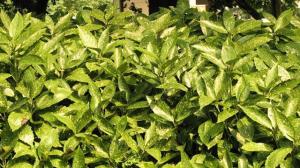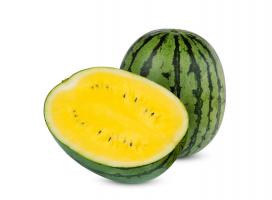Do Nonvascular Plants Absorb Water Like Sponges?
Nonvascular plants, also called bryophytes, include mosses, liverworts, and hornworts. These plants lack vascular tissue, which means they do not have structures that facilitate water transport, such as xylem and phloem.
Because nonvascular plants do not have a specialized network for water transport, they rely on other mechanisms to obtain water. One of these mechanisms involves absorption of water through the entire surface of the plant, like a sponge.
The fact that nonvascular plants absorb water in this way presents some challenges. For example, the amount of water that can be absorbed at any given time can be limited by the surface area of the plant. Additionally, the ability to move water through the plant may be limited by the plant's structure, which may not be optimized for water transport.
How Do Nonvascular Plants Absorb Water?
In bryophytes, the process of water absorption occurs through a structure called a protonema. Protonemata are thin, branching structures that develop from spores and grow into mature gametophytes – the main body of the plant in nonvascular species.
Protonemata are covered with tiny hairs called rhizoids, which absorb water and minerals from the soil in a similar manner to the roots of vascular plants. However, the water is then transported throughout the plant through cell-to-cell movement rather than through a specialized transport system.
The Importance of Water Absorption in Nonvascular Plants
Nonvascular plants play an important role in ecosystems around the world, particularly in environments with low water availability. Because these plants do not have a water-conducting system, they are adapted to retain water for extended periods, which allows them to survive in areas where other plants cannot.
Additionally, nonvascular plants are important for soil preservation and erosion control. Mosses, for example, can absorb up to 20 times their weight in water, which makes them excellent at stabilizing soil and preventing runoff.
Conclusion
Nonvascular plants absorb water through their entire surface, like a sponge. This process occurs through a network of rhizoids on the plant's protonema, which transport water through cell-to-cell movement. Although nonvascular plants are not optimized for water transport, they play an important role in ecosystems around the world, particularly in areas with low water availability. Their ability to absorb and retain water makes them excellent at soil preservation and erosion control, and they provide critical habitat for a variety of organisms.

 how many times do yo...
how many times do yo... how many planted tre...
how many planted tre... how many pine trees ...
how many pine trees ... how many pecan trees...
how many pecan trees... how many plants comp...
how many plants comp... how many plants can ...
how many plants can ... how many plants and ...
how many plants and ... how many pepper plan...
how many pepper plan...






























